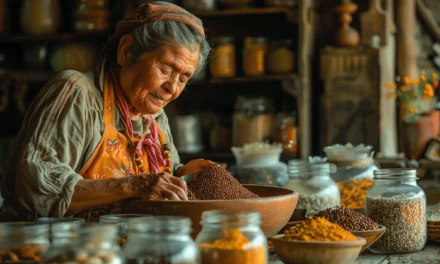How empanadas have evolved over time
At the beginning of the Middle Ages, most doughs were used to protect and preserve meat-based recipes. This prevented the growth of bacteria and allowed these recipes to be stored for days1.
The word “pastry” has a bit of a funny origin story. It actually comes from an ancient Greek word that means “small particles or fine textures.” It’s also the root of the word “pate” in French, “pasta” in Italian, and “pastel” in Spanish. Paté was a common dish in France during the Middle Ages. It was basically a recipe for minced meat that was either inside or wrapped in bread dough. This could explain the European origin of empanadas1.
Empanadas have been around for so long that it’s hard to know their origins. They’re known in different parts of the world under different names. The word empanada comes from “empanar,” which means to wrap the bread and then cook, bake, or fry it2.
The method of wrapping food in some type of dough made it possible to preserve and transport food in difficult climatic conditions, and it could have determined the expansion and rise of empanadas1.

From the Middle East to your mouth: the story of empanadas
Empanadas are believed to have originated in the Middle East and Persia. Due to the commercial exchange, they had to reach Europe, and the Moors took them to Spain, which brought them to America3.
Different types of empanadas are seen around the world, and throughout history, the recipe has adapted to the ingredients and customs of each region. For example, the Turks have in “borek”; the Italians, the “panzerotti” and “calzoni”; the British, the “Cornish pasties”; and the Arabs, the “fatay” and “sfihas.” Additionally, there are Far Eastern dishes such as “gyosas” and “dumplings” or “samosas” that can be included4.
It’s tough to say where empanadas came from originally because there are so many similar recipes from around the same time period. But we do know for sure that they originated in the Iberian Peninsula. And the different communities there created their own versions of this delicious dish. Empanadas became really popular in Spain and Portugal. In fact, they’re considered an important part of Galician culture2.
Sephardi Jews in Spain and Portugal developed a technique during the Middle Ages to prepare a dough and fill it with meat or fish for special occasions or to eat during the Sabbath. This recipe was called impanadas, a term that appears in Rabbinic literature. It is the possible origin for modern empanadas as recipes representing different cultures in Iberian-American countries3.
Spanish settlers in the Americas adopted these recipes using local ingredients, particularly in Colombia the dough started to be made using cornmeal. We do not for certain the origin of the recipe; however, it is possible that the origin is related to African enslaved servants with previous knowledge about deep frying, which is possible considering it was a common practice in North Africa3.
This recipe using cornmeal is so popular in Colombia we can find similar recipes using cassava starch dough. The filling is similar to what the African enslaved population used to make, but with ingredients from the region3.
List of countries with empanadas recipes
- Argentina
- Belize
- Cape Verde
- Chile
- Ecuador
- Indonesia
- Philippines
- Spain
- Bolivia
- Colombia
- Costa Rica
- México
- Dominican Republic
- Venezuela
- McGee, H. (2011). La Cocina y Los Alimentos (Sexta ed.). (J. M. Ibeas, Trad.) Barcelona, España: Debate[↩][↩][↩]
- Vidal Rodríguez, J. A. (2001). La reconstrucción de la identidad gallega en Cuba: procesiones, festivales y romerías regionales en La Habana (1804-1920). III Congreso Internacional de historiadores latinoamericanos (pp. 22-26). Pontevedra: Anuario de Estudios Americanos.[↩][↩]
- Morales Bedoya, E. (2010). Fogón caribe. La historia de la gastronomía del caribe colombiano. Barranquilla: Editorial La Iguana Ciega.[↩][↩][↩][↩]
- Arango, C. I. (2013). Todo empanadas. Bogota: Intermedio Editores.[↩]




